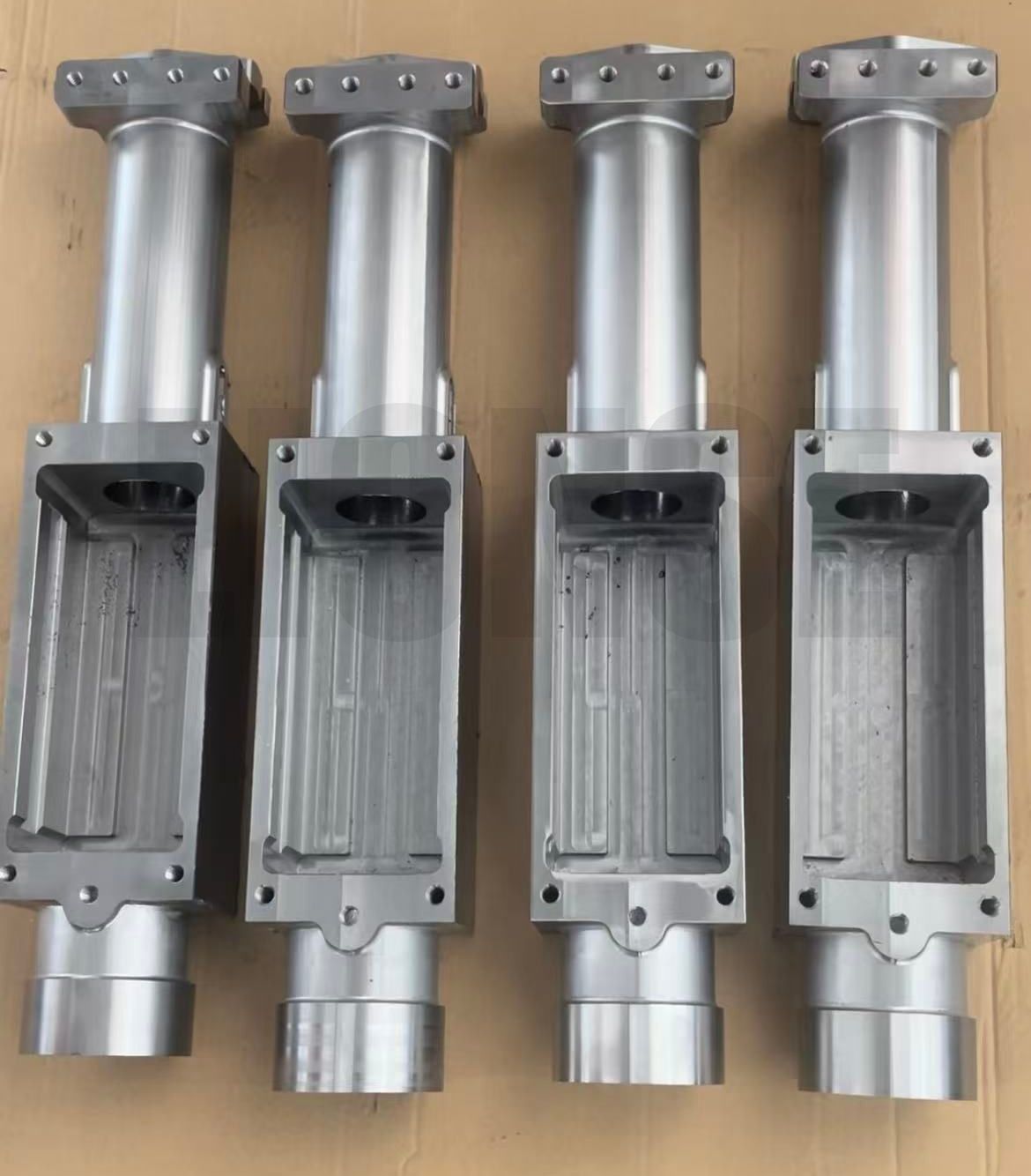

Iron-based materials are known for their fatigue resistance and are suitable for mechanical structures that are subject to alternating loads over long periods. Pure iron or cast iron parts have high density and excellent toughness, capable of withstanding impact, high pressure and high temperatures. They perform reliably in scenarios that require long-term load-bearing, such as engine crankshafts and building structural components. By adding elements like carbon and silicon to form cast iron or carbon steel, the hardness and strength are significantly enhanced. For instance, cast iron engine blocks have better high-pressure resistance and wear resistance than aluminum alloys, and they are cost-effective and have mature manufacturing processes. They have long held a fundamental position in mechanical manufacturing and are widely used in engine blocks, building structural components, railway tracks, traditional mechanical bearings, and other mass-produced standardized parts. Their drawbacks include susceptibility to rust and limited physical properties. Although their strength can be improved through alloying (such as carbon steel), they may still be inferior to high-strength alloys. When considering toughness, cost, or the need to withstand repeated stress (such as engine crankshafts and connecting rods) and low-load scenarios, iron-based materials offer better value for money.

Alloys can be made by carefully adjusting the amounts of elements like aluminum, titanium, and tungsten. This gives them advantages in being lightweight, strong, and resistant to corrosion. That's why they've become really important for modern industry to upgrade.
They can be recycled easily, and are good for making things like new energy vehicle bodies, parts of aircraft engines, semiconductor manufacturing tools, and valves for oil and gas pipelines. These are usually made in small batches according to specific requirements. Using alloys can make these products lighter and more efficient.
For example, aluminum alloy bodies can cut down on energy use. Titanium alloys can stand up to high - temperature corrosion. Hard alloys (like tungsten carbide) are extremely resistant to wear.
However, some alloys (like high - carbon steel) are not very tough and can break easily. And usually, they cost more than pure iron. If you need something lightweight, resistant to corrosion, or able to work in extreme conditions, alloys are the way to go.